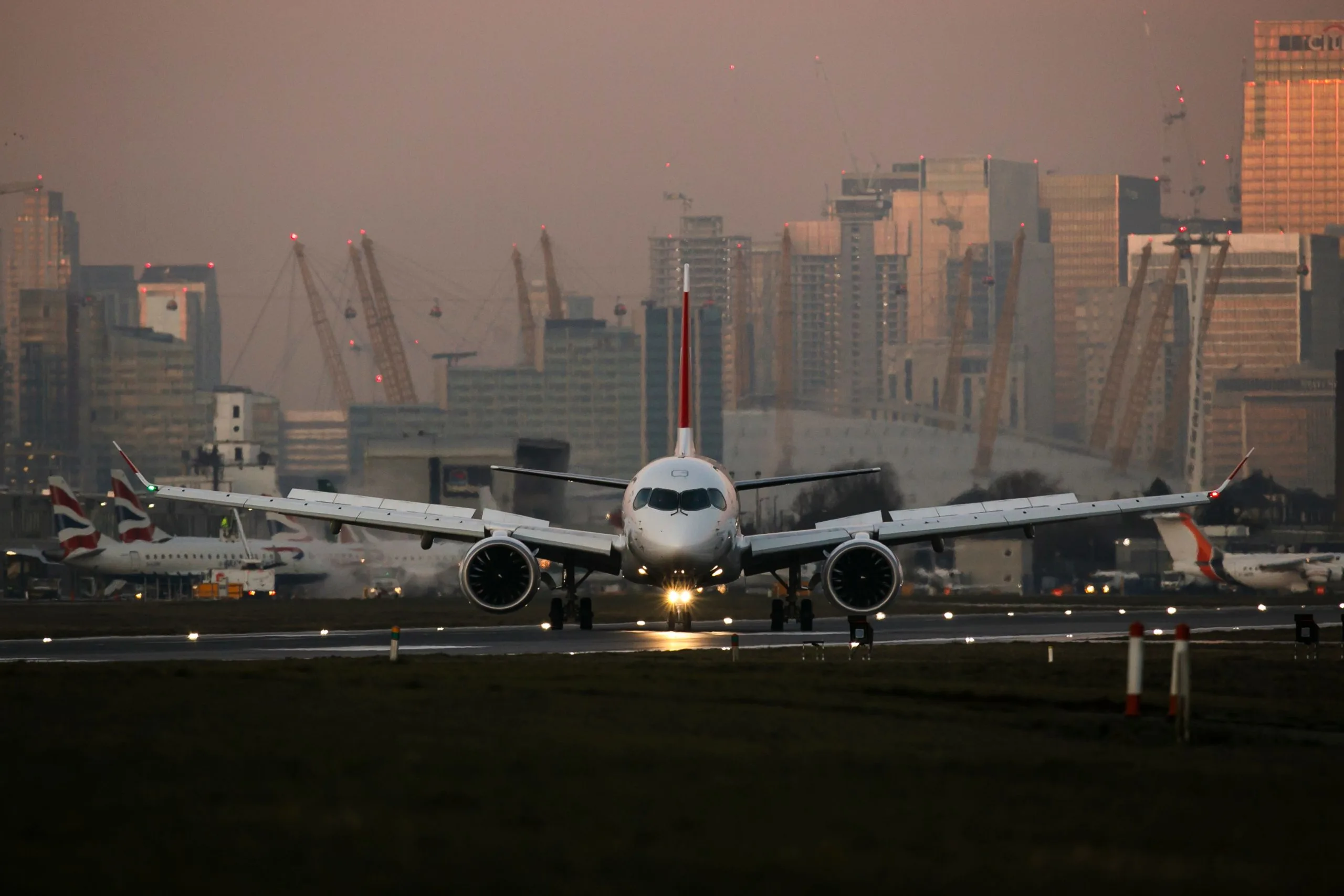
About Us | Airport Monitoring
Airport Monitoring
Airport Monitoring
London City Airport works closely with Newham Council to make the most of any economic advantages that stem from our operations, and to prevent or minimise any issues which could affect the local population.
The main way we tackle potential or actual problems is through planning controls: Planning Conditions and S106 Agreements.
Current planning controls
At present parts of two sets of planning controls are in force:
Controls from planning permission dated 9th July 2009 | Ref: 07/01510/VAR (‘the 2009 permission’)
Controls from planning permission dated 26th July 2016 | Ref: 13/01228/FUL
On 25th October 2017 the airport formally notified the council of the start of the City Airport Development Programme (CADP1). This meant most provisions of the S106 Agreements and all Planning Conditions attached to the 2009 permission were replaced. The remaining sections still in force will be superseded.
The controls cover a wide range of issues – noise in particular, but also air quality, biodiversity and targets for local resident employment. Both sets of controls specify what the airport is required to do – fewer controls apply to the council.
The role of the Airport Monitoring Officer (AMO)
The AMO post was created in 2010 as required by the 2009 S106 Agreement, to ensure LCY complies with the Planning Conditions and S106 Agreement. The 2016 permissions require Newham Council to employ an AMO directly, completely independent of the airport companies and funded through the S106 Agreements.
The AMO is responsible for:
Helping ensure the airport complies with certain obligations (such as completion of strategies and action plans) in a timely and effective manner
Reporting quarterly on any activity related to planning controls
Enforcing compliance if the airport does not meet targets or standards in any way
Airport Monitoring Reports
In accordance with the 2016 S106 Agreement, in May 2017 Newham Council approved a Monitoring and Reporting programme submitted by London City Airport – this is now in place.
Public consultation is not required on matters relating to compliance. For certain compliance issues, the airport must notify the council in writing and the council must formally acknowledge and/or approve these. The relevant documents (below) are then published on the council’s website.
Newham Council powers of enforcement
If the airport doesn’t comply with planning controls, Newham Council may take action using a range of statutory and non-statutory measures.
S106 Agreement: The council is empowered to enforce S106 Agreements under the Town and Country Planning Act 1990, Section 106.
Planning Conditions: The council is empowered to enforce Planning Conditions under the Town and Country Planning Act 1990, Section 187A.
As recommended by the government’s National Planning Policy Framework, Newham Council published:
Planning Enforcement Policy: To outline how the council manages and ensures effective enforcement within the borough
Planning Enforcement - Direct Action Guide: To explain how the council uses its powers to take direct action with more serious breaches of planning control
These documents cover Planning Conditions only, though the principles apply to S106 Agreements as necessary.
How we share monitoring information
Since 2009, as required by the S106 Agreements, the airport has published a range of monitoring information at specified times and places.
The Annual Performance Report (APR) is our most comprehensive publication, covering all criteria monitored over the previous calendar year. Each APR is published on the airport’s main website as well the LCYCC site and includes a written response from the Airport Monitoring Officer (AMO).
Read the latest London City Airport Annual Performance Report (APR)
Newham Council publishes a Planning Obligations Annual Monitoring Report (for its Strategic Development Committee) on its own website, though this is not required by the respective S106 Agreements.
Complaints procedures
Any individual or organisation can raise a complaint or enquiry relating to the airport at any time. As most issues do not relate to compliance with planning controls, they’re usually raised directly with the airport’s dedicated officer for complaints and general enquiries.
Since 2009, the S106 Agreements require the airport companies to:
Record any complaints or enquiries they receive
Notify the council of these within 15 days of receipt (complainant’s personal details are not shared)
Record any steps taken to address complaints and any further contact with the complainant
Some complaints made directly to the council (at officer or Member level) may be referred to the airport. These are recorded by the council’s Airport Monitoring Officer (AMO).
The AMO assesses the complaint with a view to possible non-compliance and responds to London City Airport as necessary. The airport publishes the number and type of complaints and enquiries received each calendar year in its Annual Performance Report (APR) and reports them at LCYCC meetings.
Please note: LCY records complaints relating to the Sound Insulation Scheme separately and does not publish them. Details are available on request.
How we handle non-compliance issues
The main aim of both Newham Council and London City Airport is to prevent non-compliance. For this reason, both parties closely monitor information to identify any potentially adverse trends, so they can put preventative measures in place as soon as possible.
Most non-compliance issues are reported to the council directly by the airport, along with proposals for achieving compliance. If non-compliance does occur, the procedure below usually applies, though not in every case.
Report/complaint received/made by Newham Council
Assessment by the council, based on Planning Enforcement Policy
If a non-compliance issue: case opened > airport formally notified > case published on council website
Plan of action agreed with airport to achieve compliance
Compliance achieved and case closed